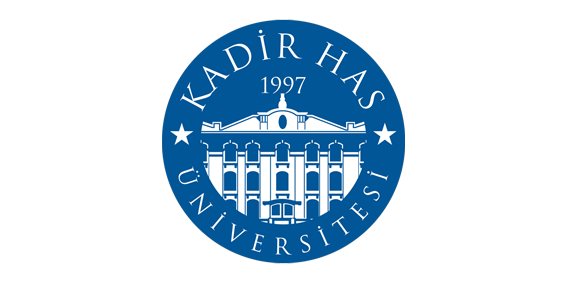What Is the Concept of Artificial Intelligence (AI)?
Artificial intelligence (AI) is the emulation of human intelligence of computers that are designed to think and behave like humans. The word may also refer to any computer that displays human-like characteristics such as learning and problem-solving. The potential of artificial intelligence to rationalize and take decisions that have the greatest chance of achieving a given target is its optimal feature. Machine learning is a branch of artificial intelligence that refers to the idea that computer systems can automatically learn from and respond to new data without the assistance of humans. Deep learning strategies facilitate automatic learning by absorbing massive volumes of unstructured data such as text, photographs, or video.
IMPORTANT TAKEAWAYS
The emulation of human intelligence in computers is referred to as artificial intelligence.
Learning, logic, and understanding are all targets of artificial intelligence.
AI is being used in a variety of fields, including banking and healthcare.
Weak AI appears to be simplistic and single-task driven, whereas strong AI performs more complicated and human-like tasks.
First, what exactly is voice cloning?
The development of an artificial simulation of a person's speech is known as voice cloning. AI voice cloning tech methods available today are capable of producing synthetic speech that closely resembles a targeted human voice. The distinction between the true and fake voices may be imperceptible to the common person in some situations.
How are voice simulations created?
The origins of online voiceover AI speech cloning applications can be traced back to the use of machines to synthesize voice. TTS is a decades-old technology that transforms text into simulated expression, allowing voice to be used for computer-human interaction.
There have previously been two methods to TTS. The first, Concatenative TTS, creates a library of words and sound units (phonemes) that can be strung together to form sentences using audio recordings. Although the expression is clear and understandable, it lacks the emotion and inflection present in normal human expression. When using Concatenative TTS, each new speech style or language necessitates the development of a new audio database. The second solution is Parametric TTS, which uses mathematical models of speech to simplify voice development, lowering the cost and effort compared to Concatenation. However, the work required to create a single voice has traditionally been prohibitively costly, with the effects obviously not human.
Today, Artificial Intelligence and Deep Learning advancements are improving the efficiency of synthetic expression.
Join the professional Voiser family, with more than 400 voices in 51 languages. Do your online voicover .We’re doing our best for you!










































